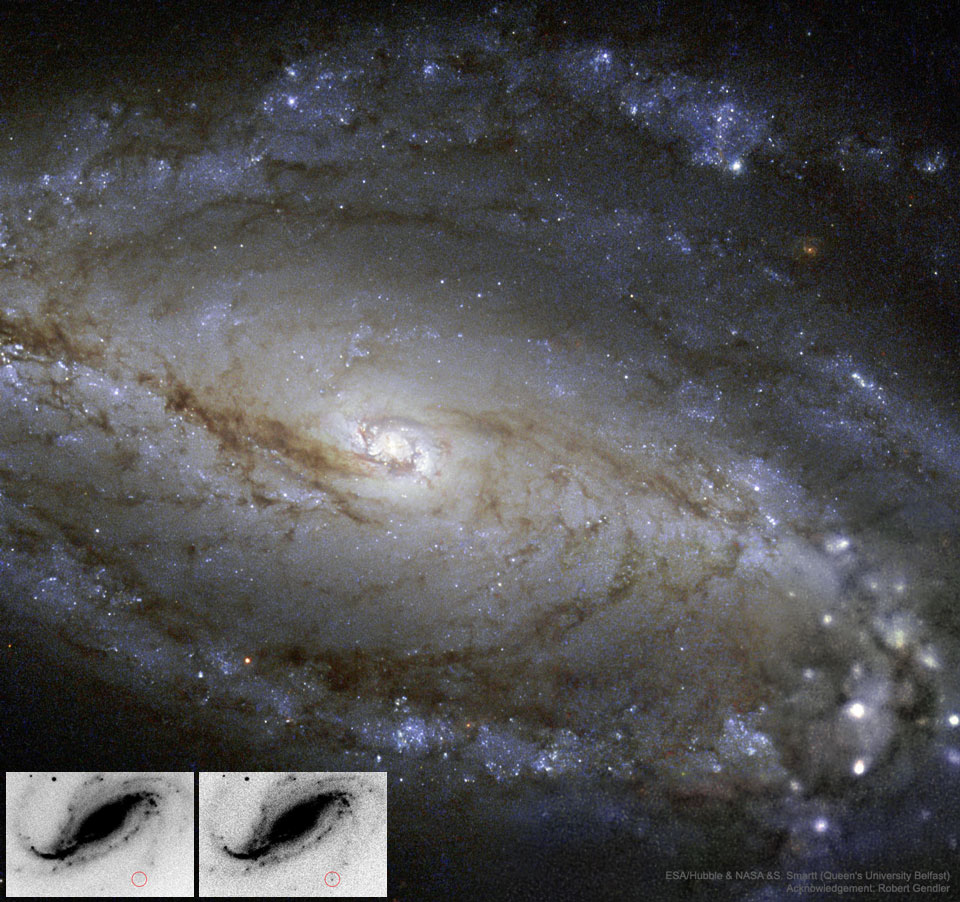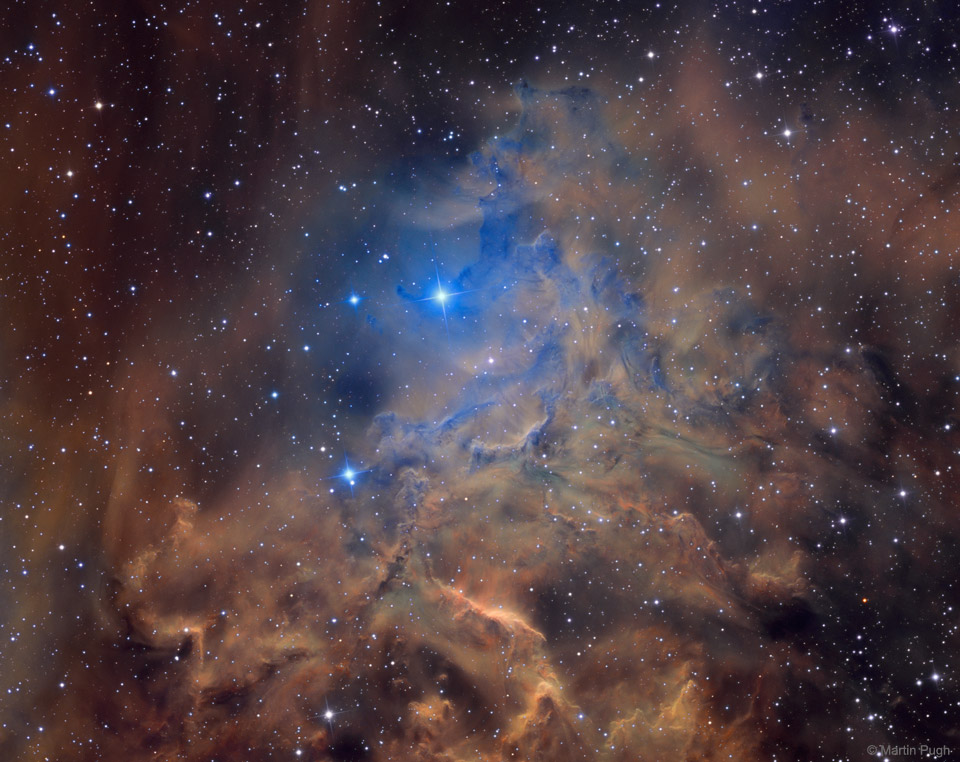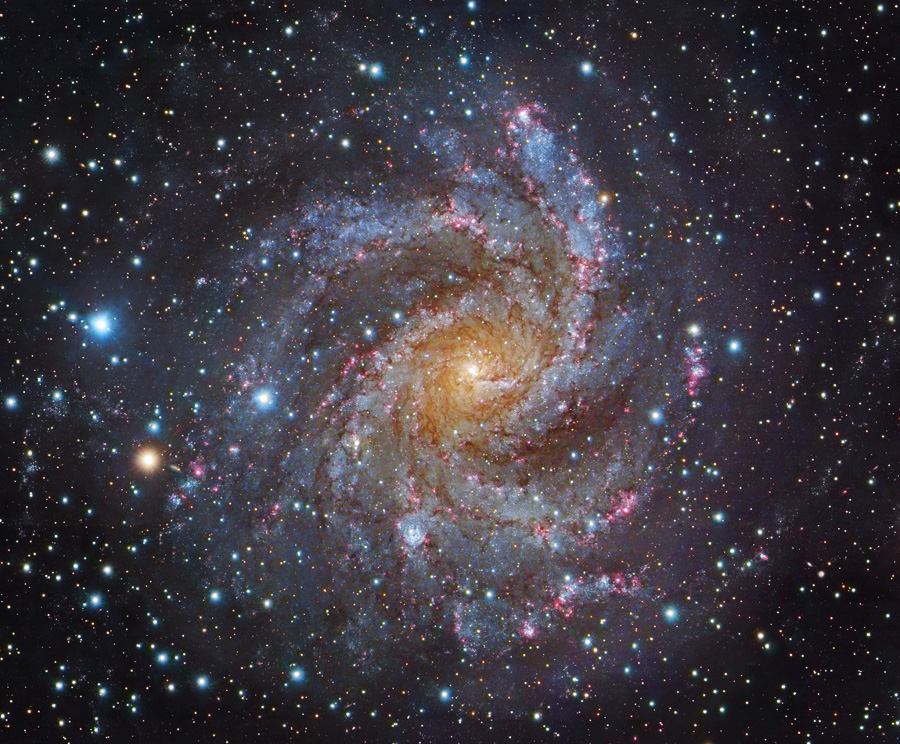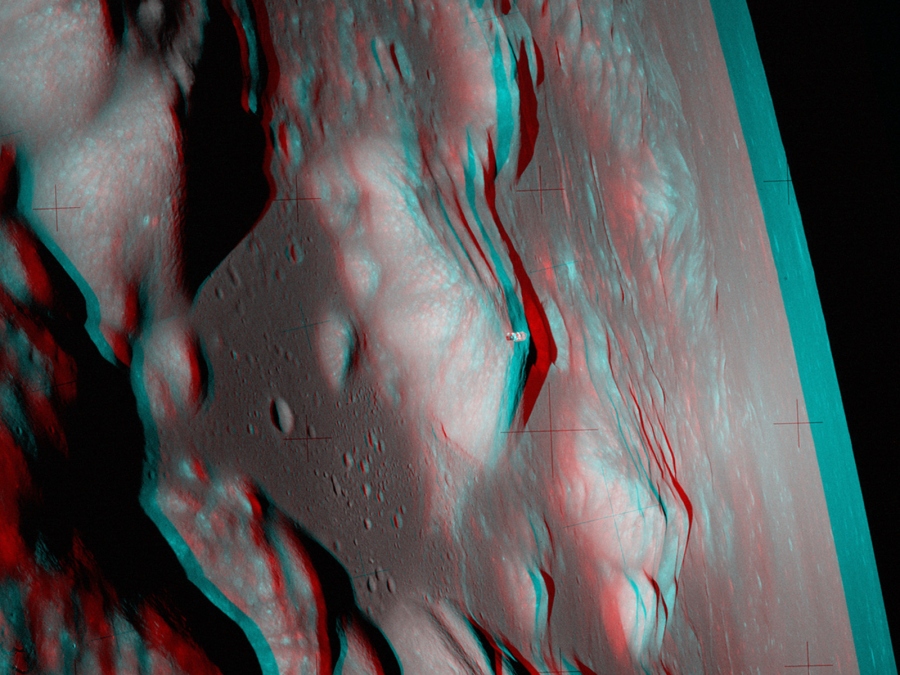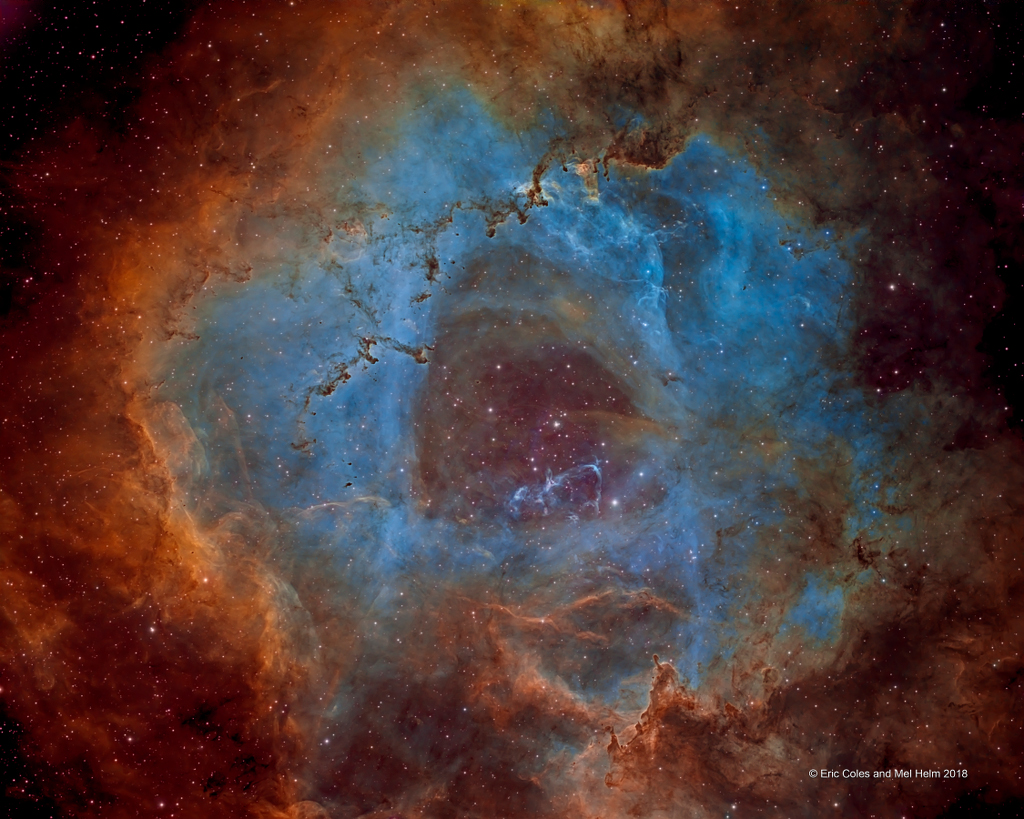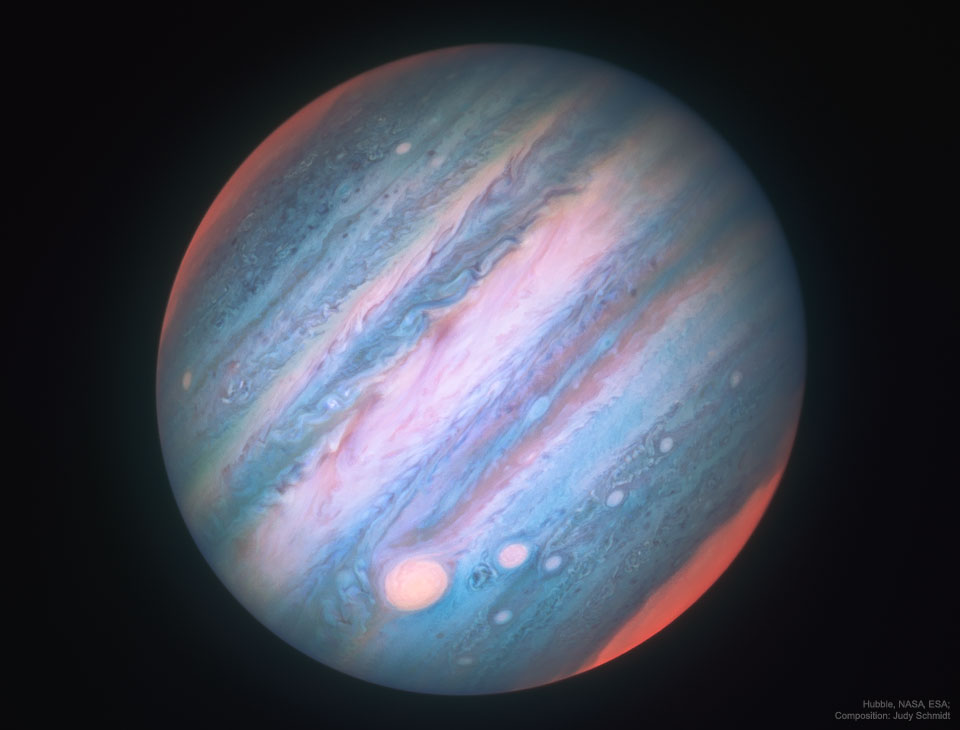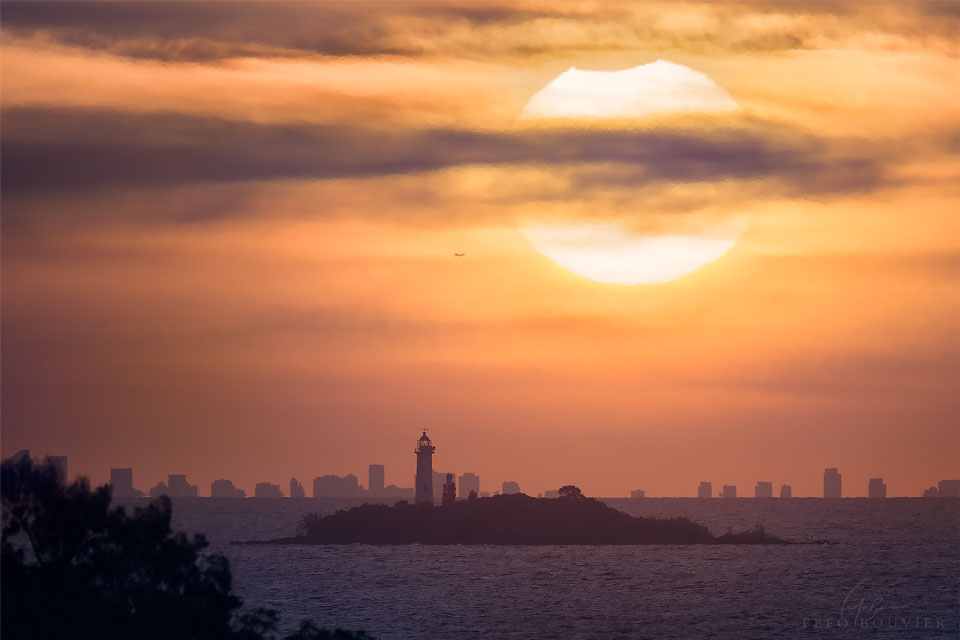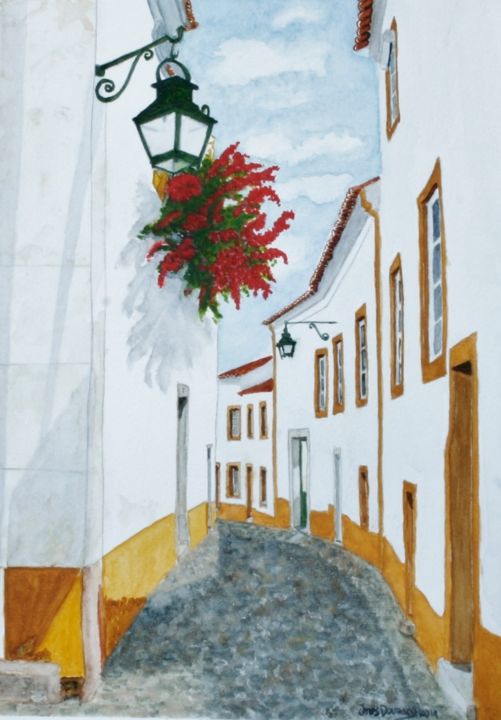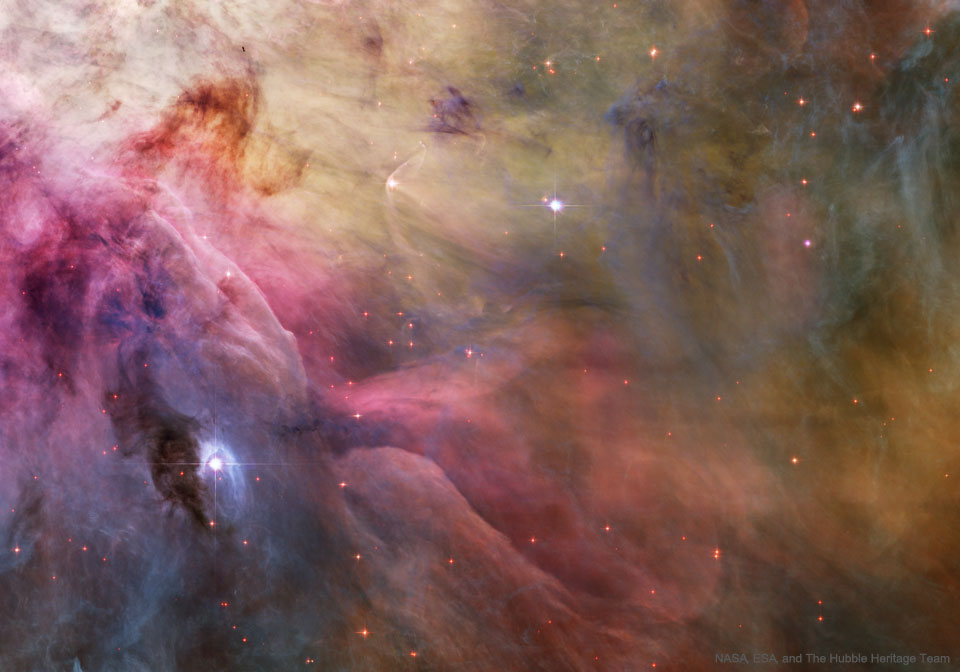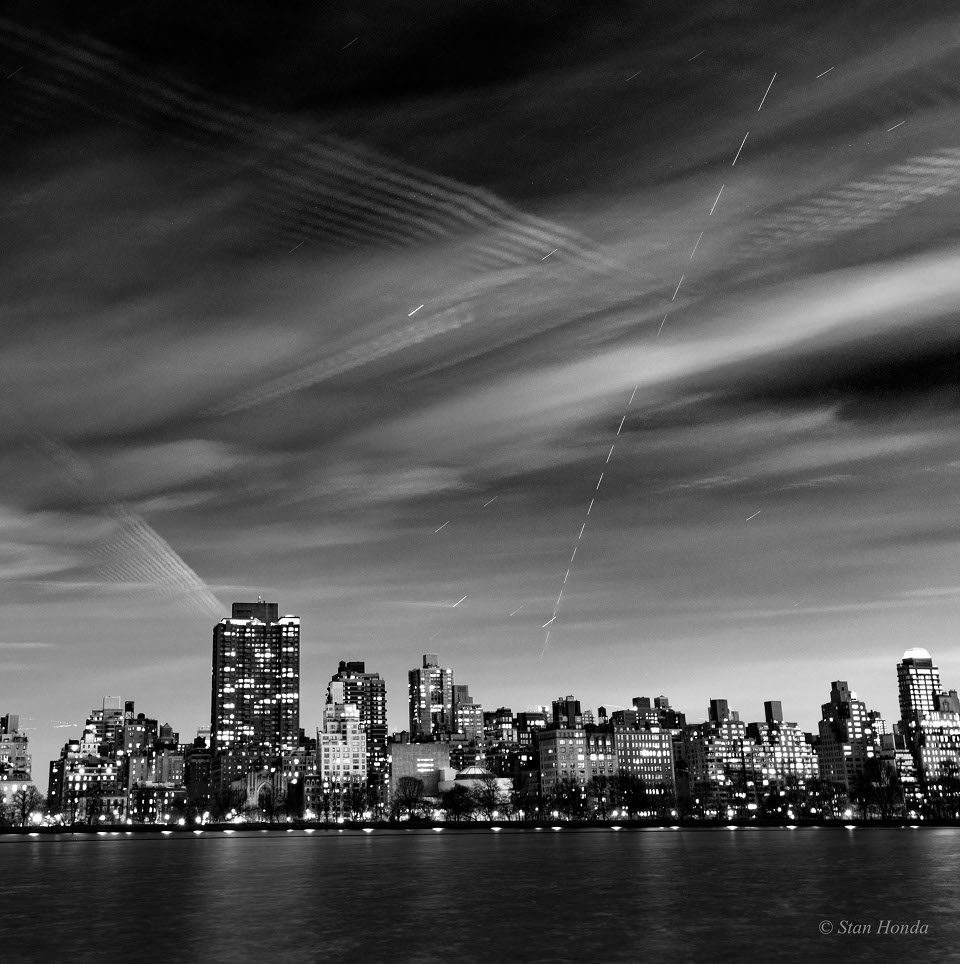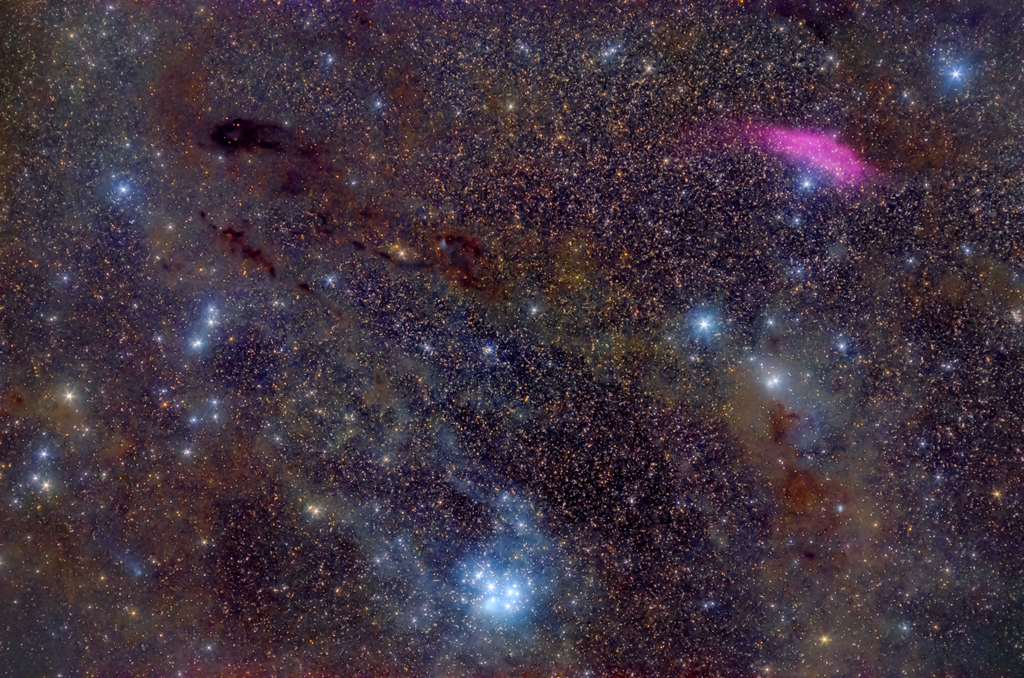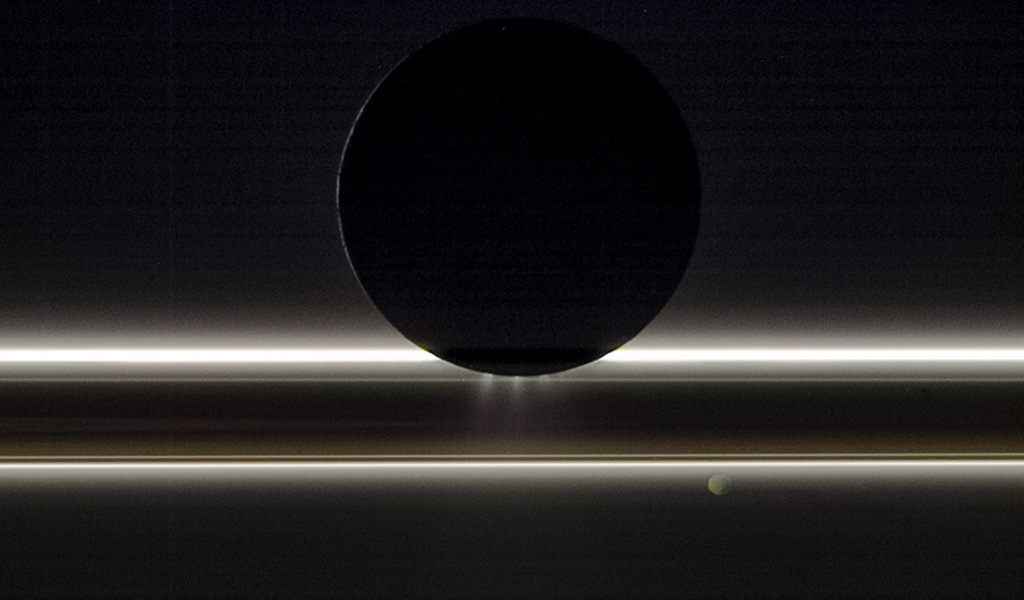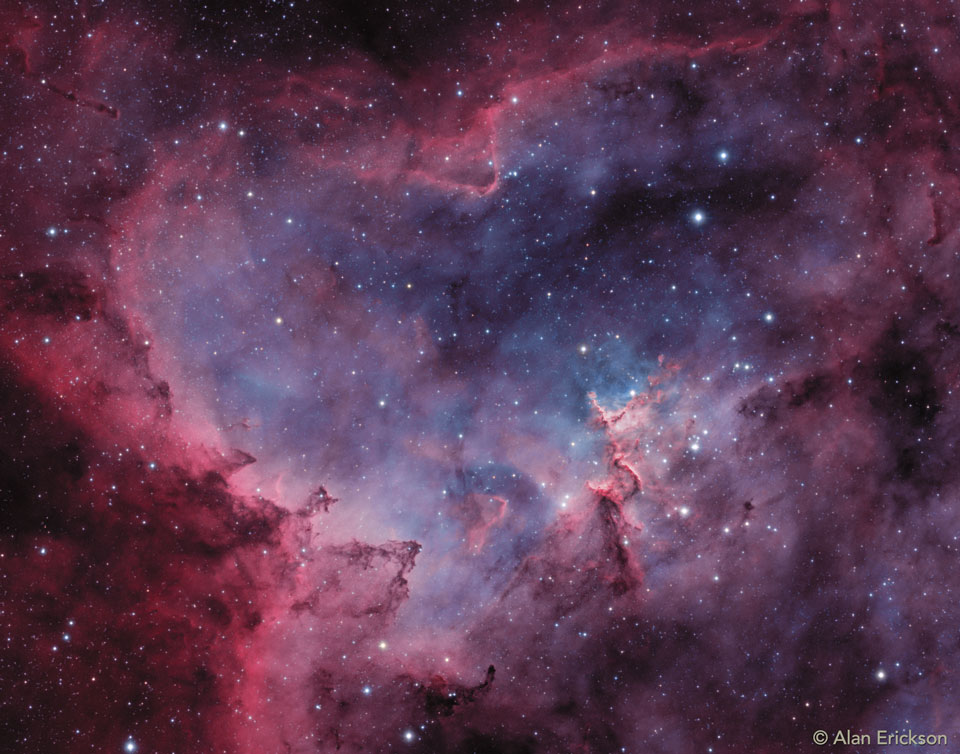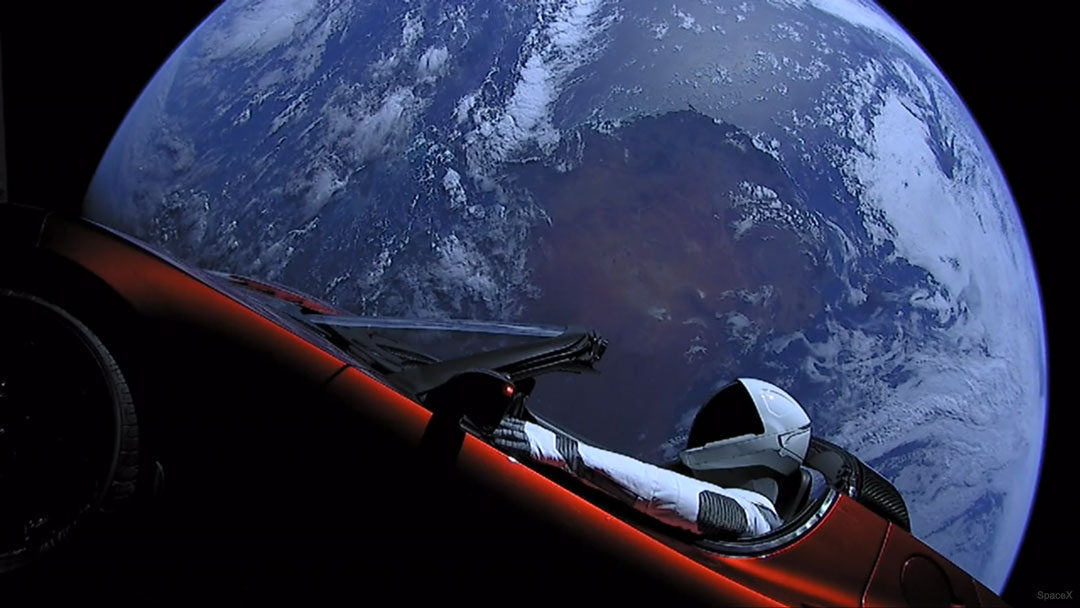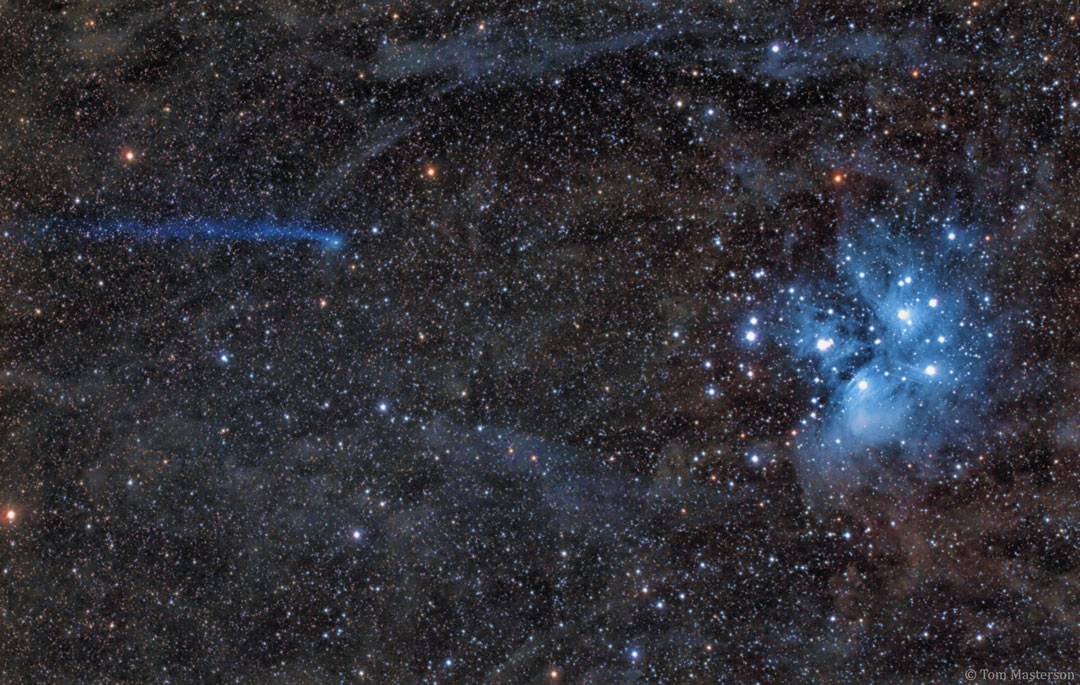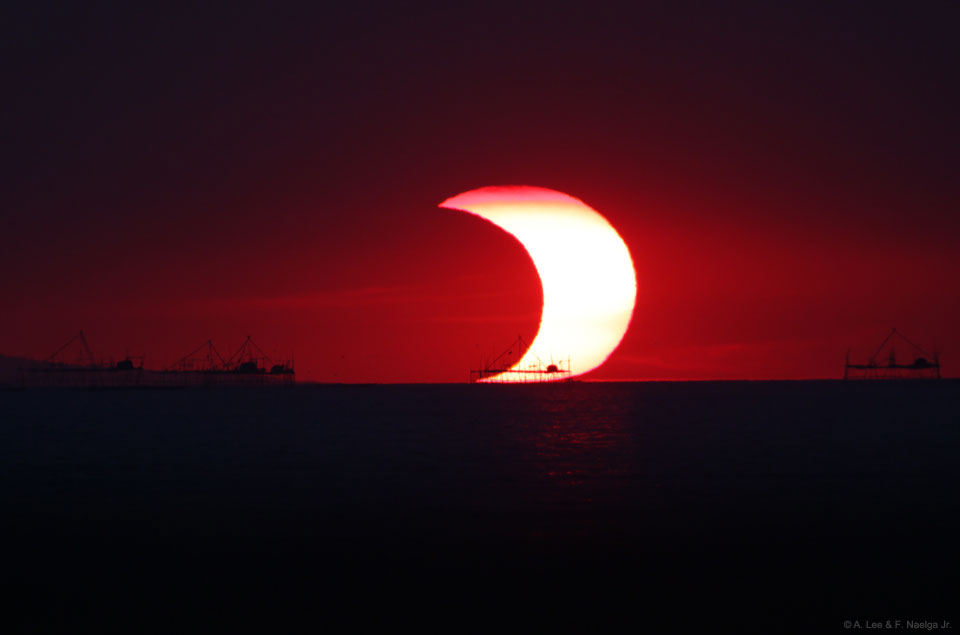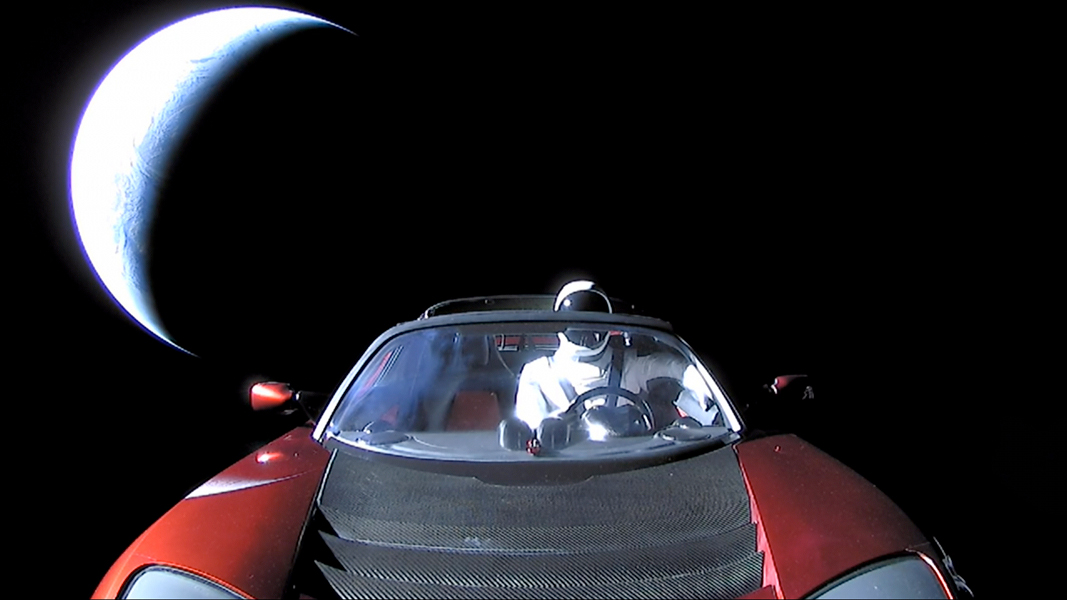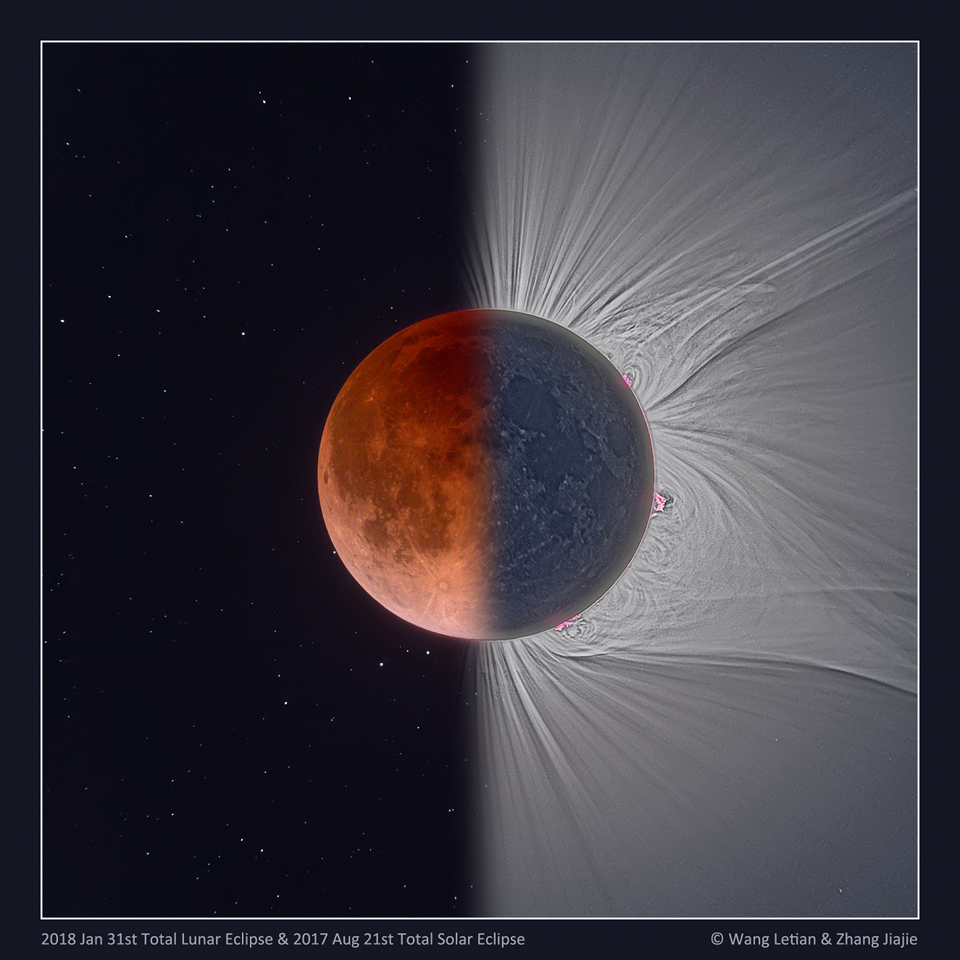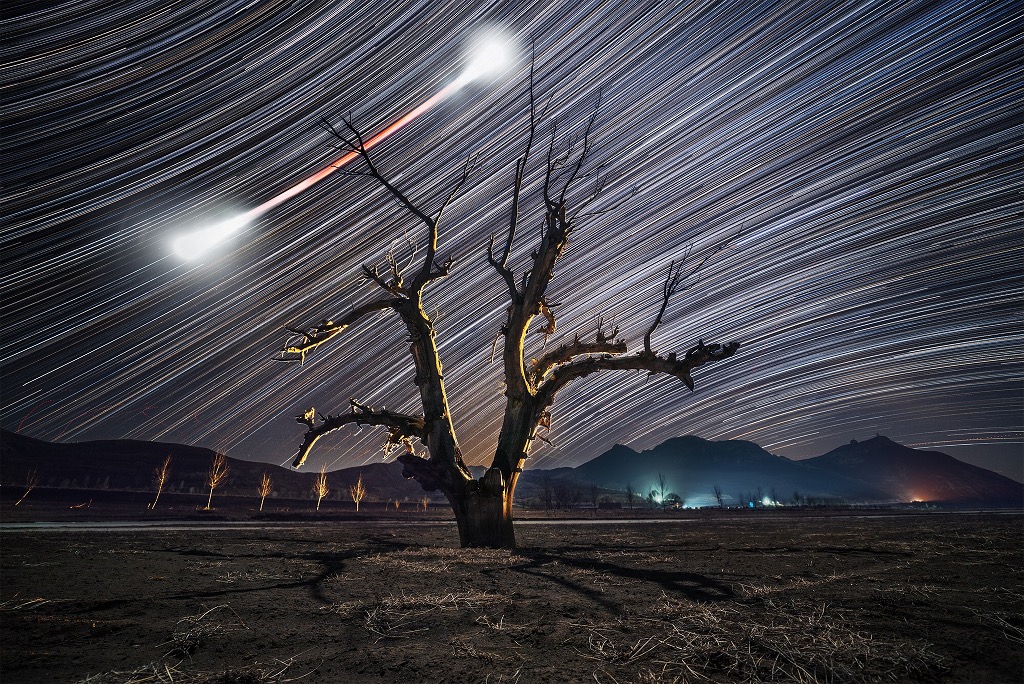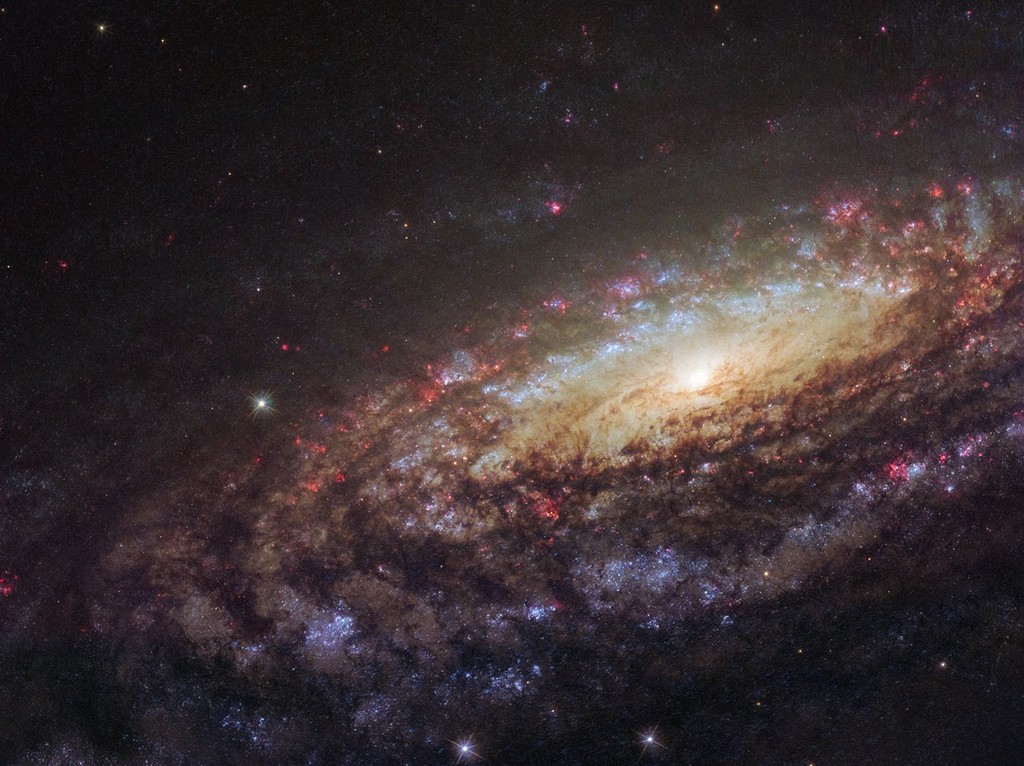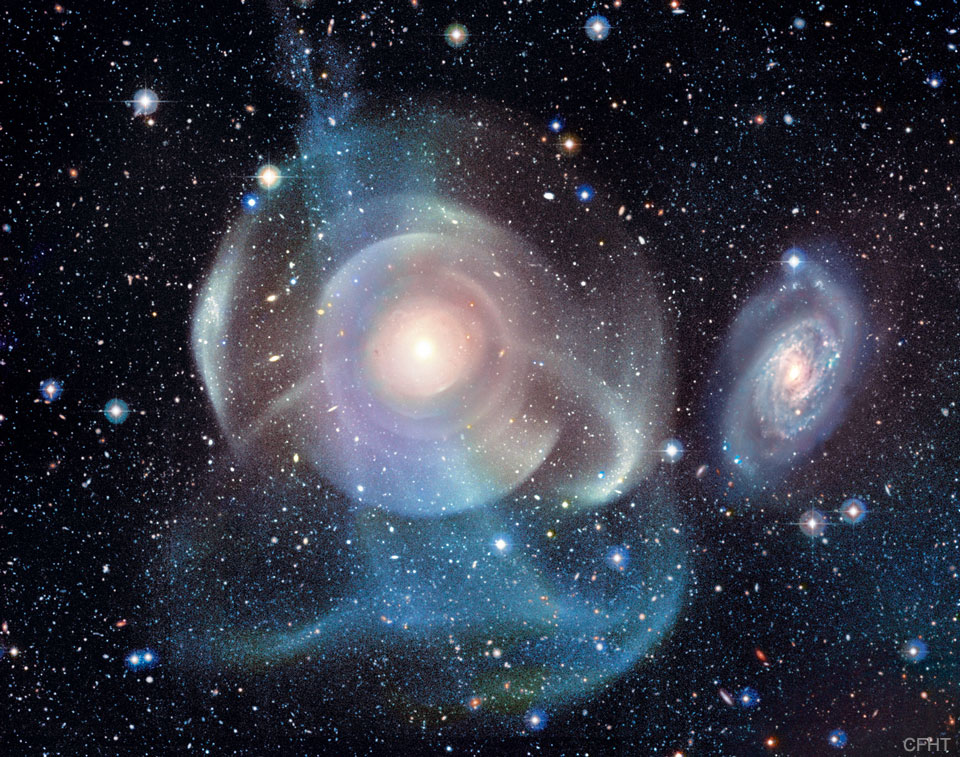Igreja de São Miguel, Alfama, Lisboa
A Igreja de São Miguel foi construída entre meados dos séculos XVII e XVIII, mas no local tinha já existido uma velha ermida, construída logo após a conquista de Lisboa aos mouros, em 1147. Era por essa altura uma zona onde os lisboetas se reuniam e que fervilhava de actividade.
O edifício que hoje vemos foi construído sob a orientação do arquitecto João Nunes Tinoco. Sofreu alguns danos aquando do terramoto de 1755, mas logo foi reparada e em 1880 recebeu novas obras de restauro. Classificada como Monumento Nacional desde 1982. Infelizmente encontra-se encerrada ao público, abrindo apenas aos Domingos de manhã e, por vezes, num curto espaço de duas horas às Quartas e Sextas-feiras.
